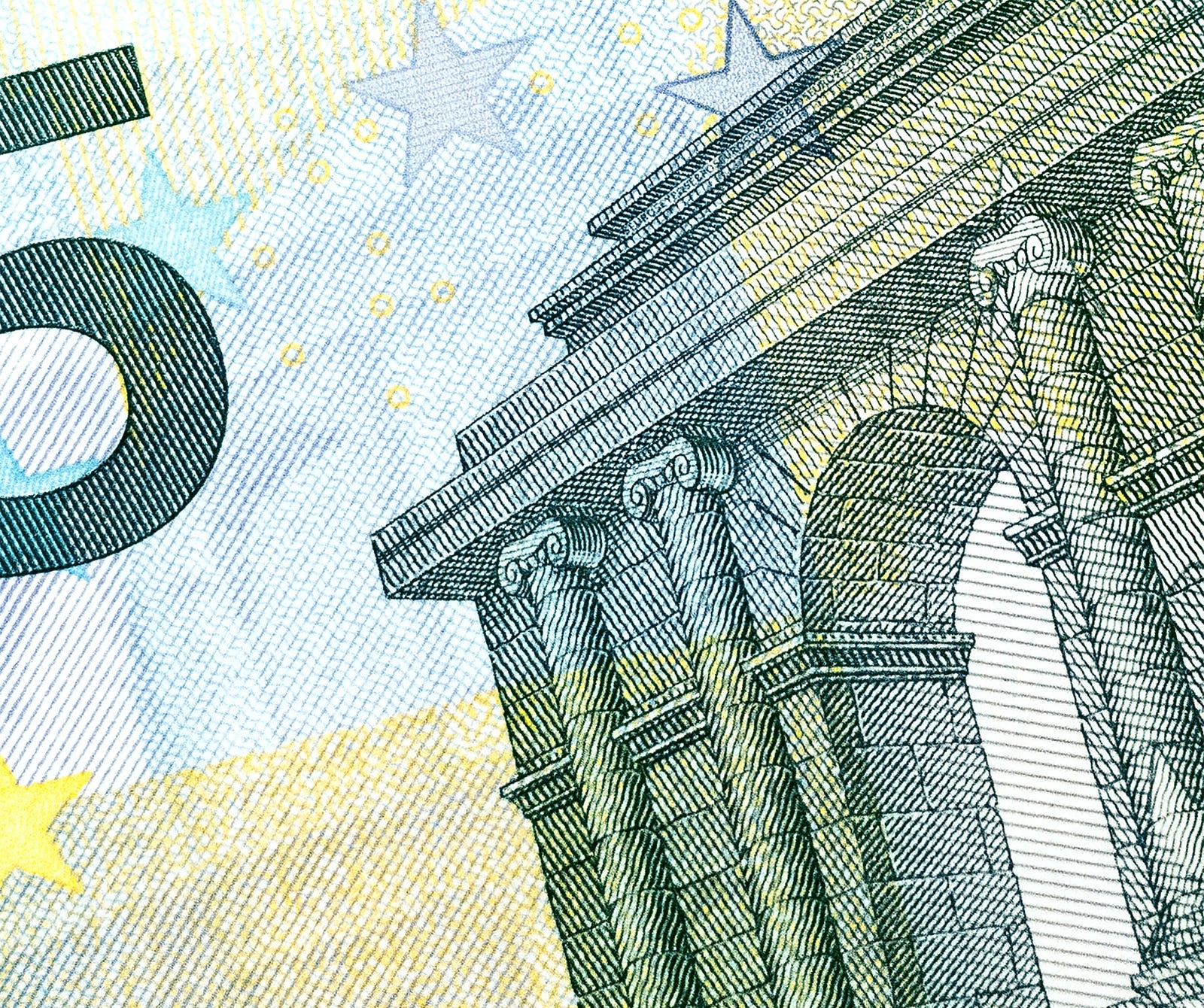Cash-Free Businesses Could Harm Consumers’ Financial Health
By Brenton Peck, a consultant, and relationship manager at the Center for Financial Services Innovation, a nonprofit focused on improving Americans’ financial health. Brenton works with a diverse set of clients on financial health strategy including product design, marketing, and measurement initiatives. Brenton can be reached directly at bpeck@cfsinnovation.org.
This year has seen the popularization of consumer-facing businesses going “cashless,” meaning they no longer accept paper money for transactions. While the move may benefit businesses, it has the potential to exclude millions of Americans, especially those who are un- and under-banked and/or financially struggling.

Why Go Cashless?
New York-based salad chain Sweetgreen went cashless at the beginning of this year. It’s a useful case study of businesses that have decided to eliminate the cash option at checkout. Since moving to plastic- and digital-only payments, Sweetgreen reports that it has been able to process five to 15 percent more transactions per hour; has cut two hours per day per store of cash management tasks, which apparently saves 500 pounds of paper per year; and has eliminated daily trips to the bank, which cuts out the costs of gasoline and armored vehicles.
This operational shift certainly benefits the business, and considering the initiative Visa announced this summer to get small businesses to ditch cash, it’s clear that the other main winners are card issuers. But is there also a customer benefit?
Access to Non-Cash Payment Methods
For a cashless business to work for everyone, access to non-cash payments must be universal. Right now, it isn’t. The FDIC found in its 2015 National Survey of Unbanked and Underbanked Households that about seven percent of American households (which includes about 15.6 million adults) are unbanked, meaning they have no deposit, savings, or checking account at a bank or credit union. Because credit and debit cards are often linked to bank accounts, those without such accounts are at a disadvantage when it comes to cashless businesses.
But these consumers are not totally shut out: the FDIC also found that 27 percent of unbanked households are using general purpose reloadable (GPR) prepaid cards. These are the cards you may see for sale at the checkout counter, along with gift cards to Amazon and iTunes. And another study, conducted by Aite Group, found that 8.7 million Americans receive their salary through a payroll card, which can be used as a typical debit card to make transactions.
It’s not clear how much these two populations (those using GPRs and those receiving salaries on cards) overlap, so it’s hard to give an exact number of people who don’t have access to any non-cash payment methods. The takeaway here is that while access is improving, it’s not yet universal.
It would be easy to end the conversation here: if we could find ways to bring low- or no-cost non-cash payment options to the population that doesn’t have them, then we could support cashless businesses as fair. But that conclusion would ignore the issue of consumer financial health — a topic and framework paramount to this discussion.
Financial Health
Consumer financial health, as we define it at the Center for Financial Services Innovation (CFSI), requires access to “day-to-day financial systems that build long-term resilience and opportunity.” It has a positive impact on the economy at all levels. And it’s something most of us haven’t yet achieved: according to our research, 57 percent of Americans are struggling financially.
So why might a cashless business jeopardize financial health? The simple answer is that a lot of Americans still prefer to transact in cash. In fact, as of 2015, 32 percent of all transactions were made in cash, making it the single most popular payment method in the country. Cash dominates in small-value transactions. And only nine percent of Americans currently carry no cash at all.
There are plenty of reasons that cash remains popular. It offers certainty and speed in financial transactions (spend it now, it’s gone now), it eliminates the risk of overdraft fees, and it can be effective as an informal money management or savings strategy (e.g., keeping to a cash budget for various activities).
Access to non-cash payments is not the main problem we need to solve. This is where CFSI’s financial health framework becomes important: focusing on the outcomes we seek by allowing people to operate within a daily financial system that works best for the individual.
Technology + Policies that Help Everyone
So how can we address the competing needs of businesses that stand to save time and money by going cashless and consumers who cannot (or do not want to) stop using cash? The answer will require creative thinking and collaboration among many vested parties.
Technology is a major contributor and should increase accessibility and convenience for all stakeholders: business owners, customers, bankers, credit card companies — everyone. Today, eliminating cash at checkout only benefits some of these parties. So one potential solution is to adopt a technology that eliminates the most common problems associated with cash payments for vendors (i.e., slowness and expense).
And governments may need to incentivize accepting cash — or discourage going cashless. Massachusetts state law requires all retailers to accept cash(though the law, from 1978, doesn’t offer a clear definition of who’s considered a “retailer”). A proposed ordinance in the City of Chicago would do the same.
More and more people are realizing that there may be unintended — but very real — consequences to going cashless. For a society to function at the peak of its economic potential, it has to create conditions hospitable to the financial health of as many people as possible. And if we hope to achieve that, the impact of a cashless society must receive careful consideration.

